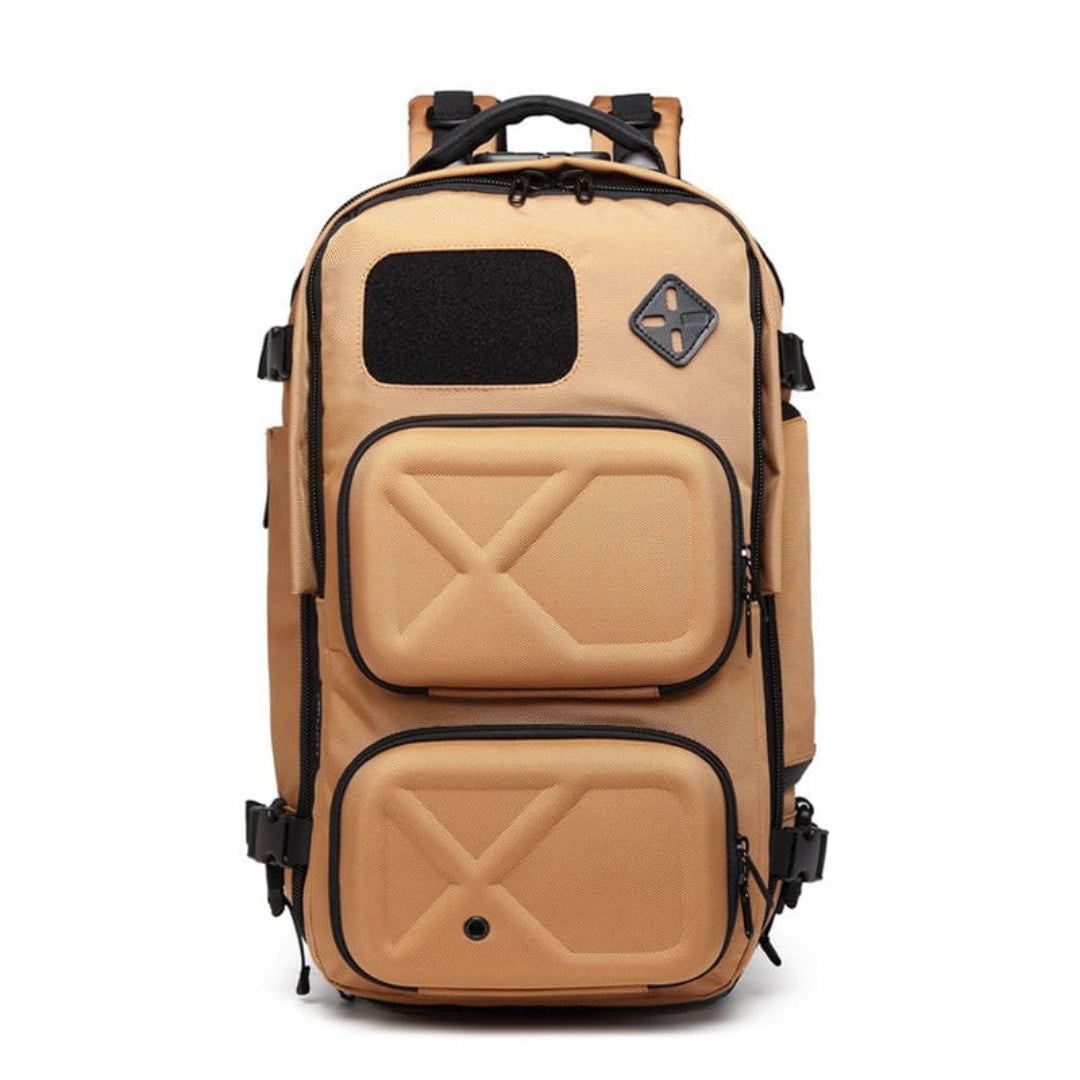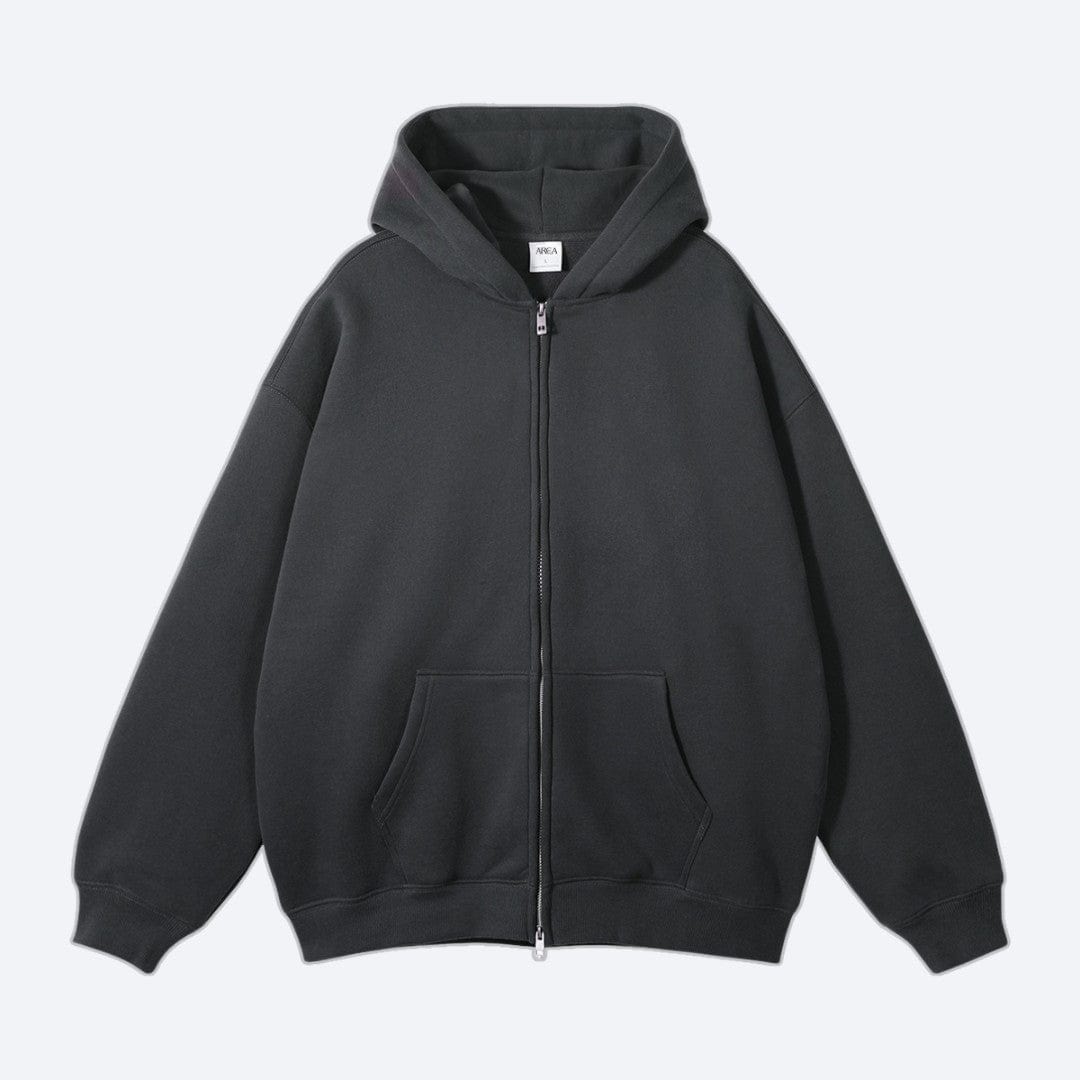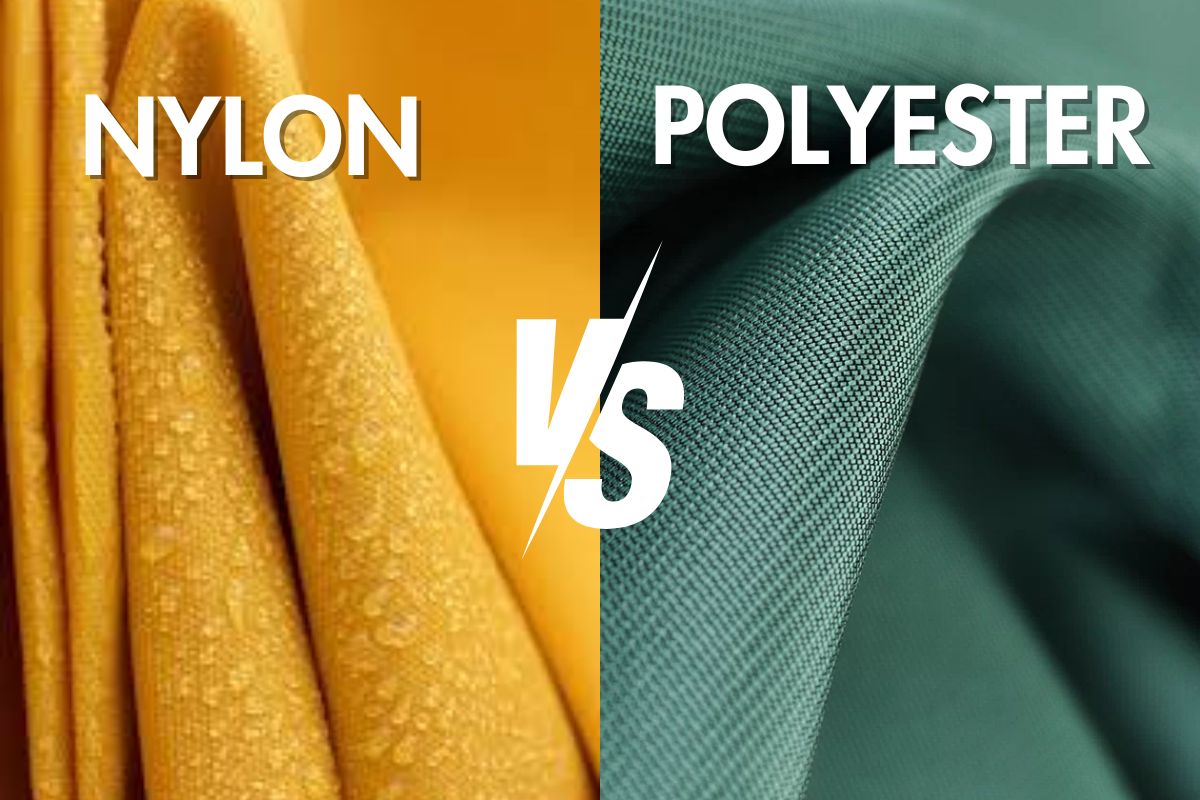Choosing between nylon and polyester can feel like a tough decision, especially when both materials boast impressive qualities. These synthetic fabrics have revolutionized industries, from fashion to manufacturing, with their strength, versatility, and affordability. Whether you're selecting outdoor gear, travel clothing, or home furnishings, understanding their unique characteristics can help you make the right choice.
What is Nylon?
Nylon is a synthetic polymer classified as a polyamide, originally developed in the 1930s as a silk alternative. Manufactured using petroleum and natural gas, it was the first commercially successful synthetic fiber. Nylon stands out for its durability, elasticity, and lightweight properties, making it a versatile material.
Nylon fibers resist abrasion, most chemicals, and organic attacks. They're nonabsorbent, stretchable, and quick-drying, which contributes to their application in both consumer and industrial products. For example, nylon is widely used in swimwear, hosiery, outdoor gear, travel luggage, and upholstery.
What is Polyester?
Polyester is a synthetic polymer characterized by the presence of ester groups in its main chain. It's primarily created by polymerizing ethylene glycol with terephthalic acid, resulting in polyethylene terephthalate (PET), the most common polyester. Known for its strength and versatility, polyester is frequently used in textiles such as travel pants, casual shorts, household items, and industrial applications.
Polyester fabrics are highly resistant to shrinking and stretching, offering excellent durability. They're hydrophobic, which means they repel water and dry quickly, making them suitable for moisture-prone uses like activewear. Unlike some materials, polyester doesn't absorb water, leading to improved moisture-wicking capabilities. It's also resistant to UV rays, acids, and alkalis, which enhances its longevity in harsh conditions.
Nylon vs Polyester
When comparing nylon and polyester, both materials exhibit distinct characteristics that impact their ideal applications. Nylon, a polyamide, is created using a liquid-spinning process, while polyester, a polyethylene naphthalate, is spun from a chemical solution. These manufacturing differences contribute directly to their unique properties and strengths.
Here's a detailed comparison table of nylon and polyester based on essential characteristics to guide your choice.
| Feature | Nylon | Polyester |
|---|
| Manufacturing Process |
- Polyamide, liquid, spinning process. |
Polyethylene naphthalate, spun from chemical solution |
| Durability | - Exceptionally strong - High abrasion resistance - Elastic |
- Strong (less than nylon) - Resists stretching and shrinking - Maintains shape |
|
Chemical |
Resistant to most chemicals | Resistant to most chemicals |
|
Moisture |
- Absorbs more water - Quick-drying |
- Hydrophobic - Wicks moisture - Faster drying |
|
Texture & |
- Lightweight - Smooth - Soft - Elastic - Silky feel |
- Slightly rougher - Crispier - Comfortable - Quick-drying - Wrinkle-resistant |
|
Flammability |
Melts then burns rapidly | Melts then burns |
|
Environmental |
- Non-biodegradable - Uses oil byproducts |
- Non-biodegradable - Recyclable - 100% recycled options available |
|
Common |
- Swimwear - Outdoor gear - Lingerie - Tights - Stretchy garments |
- Activewear - Outdoor clothing |
| Best For | - High-stress applications, flexibility, silky texture | Durability, moisture-wicking, cost-efficiency |
Durability
Nylon: Offers higher durability with excellent abrasion resistance, stretchability, and resilience. It performs well under repeated flexing and stress.
Polyester: While durable, it's slightly less resilient than nylon. It exhibits high resistance to UV rays, moisture, and various environmental conditions.
Moisture Handling
Nylon: Absorbs more moisture, increasing drying time but providing better comfort against the skin in sweaty conditions.
Polyester: Hydrophobic material repels water and dries quickly, making it ideal for outdoor, athletic, and performance wear.
Breathability
Nylon: Less breathable, potentially causing discomfort in hot weather or during intense activities.
Polyester: Provides better breathability and excels in moisture-wicking fabrics, ensuring dryness and comfort.
Softness
Nylon: Feels softer and smoother, offering stretch suitable for intimate wear like hosiery and lingerie.
Polyester: Often rougher than nylon but varies depending on the weave and finish.
Environmental Impact
Nylon: Requires more energy and water for production and isn't biodegradable. Its manufacturing process leaves a larger environmental footprint.
Polyester: Has a slightly lower environmental impact during production but also contributes to microplastic pollution. Recycled polyester offers a more sustainable option.
Heat Resistance
Nylon: Performs poorly with heat, making it less suitable for high-temperature environments.
Polyester: Demonstrates better heat resistance, making it a preferred choice for heat-intensive uses.
Cost
Nylon: Costs more to produce, resulting in higher prices for finished products.
Polyester: More economical to produce and budget-friendly for consumers.
Alternative Materials to Nylon and Polyester
Exploring alternative materials can provide eco-friendly and unique options for your needs. These materials often offer comparable performance while minimizing environmental impact.
|
Material |
Key Benefits |
Applications |
Sustainability Aspect
|
|---|---|---|---|
|
Cotton |
Biodegradable, breathable |
Shirts, bed linens |
Renewable, organic options available |
|
Hemp |
Durable, mold-resistant |
Clothing, ropes |
Requires less water, promotes soil health |
|
Linen |
Moisture-wicking, lightweight |
Clothing, upholstery |
Biodegradable, minimal chemical use |
|
Tencel |
Wrinkle-resistant, silky |
Activewear, home textiles |
Closed-loop production |
|
Recycled Fibers |
Reduces waste, durable |
Apparel, industrial use |
Reduces resource consumption |
|
Wool |
Moisture-wicking, fireproof |
Jackets, insulation |
Natural, renewable, biodegradable |
|
Bamboo |
Soft, antibacterial |
Socks, activewear |
Process-dependent sustainability |
|
Cork |
Elastic, lightweight |
Upholstery, footwear |
Harvested sustainably |
These materials expand your options while supporting sustainability and diverse applications.
Recyclability and Sustainability of Nylon vs. Polyester
Recycling both nylon and polyester contributes to reducing environmental impacts. Recycled nylon comes primarily from discarded materials like old fishing nets and carpets, reducing waste while conserving production resources. Polyester recycling, often using PET plastic bottles, lowers energy use and raw material demand compared to virgin polyester. Both processes reduce reliance on nonrenewable sources and extend material lifespans.
Nylon and polyester recycling address landfill waste reduction. Synthetic fabrics don't biodegrade, leading to long-term pollution. Recycled versions of nylon and polyester provide near-virgin quality materials, retaining durability and strength essential for applications like outdoor gear, industrial fabrics, or performance wear.
Sustainability improves when recycled over virgin materials. Recycled nylon decreases greenhouse gas emissions by repurposing waste, while recycled polyester consumes less energy and reduces plastic waste.
Frequently Asked Questions
What is the main difference between nylon and polyester?
Nylon is softer, stretchier, and more durable, while polyester is less stretchy but resists moisture and dries quickly. Nylon is ideal for flexibility and strength, whereas polyester excels in moisture-wicking and cost-efficiency.
Is nylon or polyester better for outdoor gear?
For outdoor gear, polyester is often preferred because it is moisture-resistant, quick-drying, and lightweight. However, nylon's exceptional strength and abrasion resistance make it better for high-stress gear like backpacks and parachutes.
Which fabric is more eco-friendly, nylon or polyester?
Polyester is slightly more eco-friendly than nylon and offers recycled options made from PET bottles. Both are non-biodegradable, but concerns like microplastic pollution affect the environmental impact of both.
Can nylon or polyester be recycled?
Yes, both can be recycled. Recycled nylon often comes from fishing nets and carpets, while recycled polyester is made from plastic bottles, reducing resource use and landfill waste.
Does nylon absorb more moisture than polyester?
Yes, nylon absorbs more moisture than polyester. Polyester's hydrophobic nature makes it superior for moisture-prone applications like activewear and outdoor clothing.
Is nylon or polyester better for performance wear?
Polyester is better for performance wear because it wicks moisture, dries quickly, and retains its shape. Nylon, while strong and stretchy, does not control moisture as effectively.
Which fabric is more durable—nylon or polyester?
Nylon is generally stronger and more durable than polyester, making it ideal for heavy-duty applications. However, polyester is also durable and better resists UV damage and shrinking.
How do nylon and polyester compare in terms of texture?
Nylon has a softer and smoother texture, making it suitable for intimate and flexible clothing. Polyester can feel rougher, although this varies based on the fabric's weave and finish.












